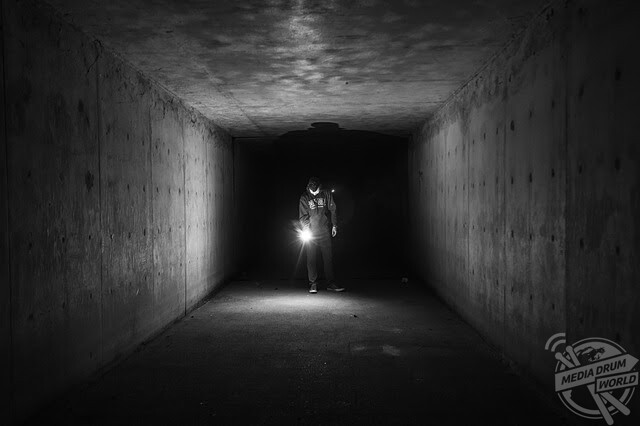Power outages are caused by high winds that damage the electrical grid and electric power system.
Also natural disasters, heat waves, and really anything that overloads the power system.
Knowing how to safely navigate a power outage is important because it can be dangerous to you, your family, and your home.
A power outage may leave you without heating, air conditioning, running water, and lighting.
If the necessary precautions are not taken frequent power outages can cause damage like ruining all your electrical appliances.
Here are tips on how to safely deal with recurrent power outages.
Before

Adequately preparing for power outages before they happen will greatly reduce the potential damage to you, your home, and other people.
Things you need in anticipation of a power outage include an emergency kit and backup installations.
Emergency Kit
The important details to know about having an emergency kit are the proper things to store in it and keeping it in an easy-to-reach accessible location.
Here is what to have inside a basic emergency kit:
- Water, preferably small bottles.
- Canned food, dried food, energy bars. Basically, food that won’t spoil.
- Battery-powered flashlight. Remember to include extra batteries.
- First aid kit.
- Cash in smaller bills and change.
- Special medication.
- Written contact and medical information.
Backup Installations
Backup installations will come in handy during a power outage. For example, installing a non-electric standby stove or a non-electric heater will make living with no power easier.
Another super helpful installation is a generator. While a backup generator is a great electrical backup source, and as the specialists at performancebasedheatingandair.com will tell you, never attempt to install one by yourself. A back-up generator should only be connected to your electrical system through the proper procedure by a qualified electrician under the manufacturer’s guidelines.
During
Losing electricity, especially your lighting, can be dark and upsetting. It is important to stay calm, retrieve the emergency kit, and do these things as you wait it out:
- Turn off all electrical appliances and electronic equipment. The power may return with a surge or in flickers and damage them.
- Turn off all the lights except one, to alert you when power is restored.
- Do not open your freezer or fridge as all your food may spoil.
- If candles are used, use proper holders and remember to extinguish them before going to bed.
- Ration the water and food to last till the power returns.
How To Stay Warm
The power will take away your heating system’s functionality.
If you don’t have a backup installed, here are steps to protect against the cold:
- Keep the heat inside by covering up windows and doors with blankets.
- Preferably, pick one room to stay in, as one room is easier to keep warm than the entire house.
- If you have a tent, set it up as tents trap body heat.
- Do not use gas ovens, gas barbecues, or heaters to stay warm because they can produce deadly amounts of carbon monoxide.
How To Stay Cold
There’s nothing worse than stifling heat.
With your air conditioners disabled, here’s how to keep cold:
- Here’s where the water in your emergency kit comes in handy, stay hydrated.
- Open windows to let in a breeze, it’ll help cool you off.
- Take a shower or bath with ice if you have any.
- Wrap a wet bandanna around your neck.
After

Performing acts that will keep you safe and protect your home does not end when the power is restored.
Food safety protocol, for example, must be followed to prevent an unfortunate case of food poisoning.
The Food and Drugs Authority (FDA) maintains that food that is too warm, sitting at over 40 degrees for more than 2 hours, is most likely spoiled.
This means the food may have grown dangerous bacteria that should not be ingested.
If in doubt, throw out the food. Tasting food to determine if it’s safe to eat is not an option and should never be done.
Here are some other acts to perform to remain safe:
- Allow the electrical system a chance to stabilize before you switch on appliances and electronics. About 10 to 15 minutes.
- Switch on the lights, again after waiting a few minutes.
- Switch on the water supply.
- Restock the emergency kit and put it back in its easy-to-remember spot.
Frequent power outages are a huge inconvenience.
They can also be dangerous without knowledge on how to handle them.
With acts like getting a backup generator, an emergency kit, and protecting electronics by turning them off, there is no reason handling a power outage should be problematic.



